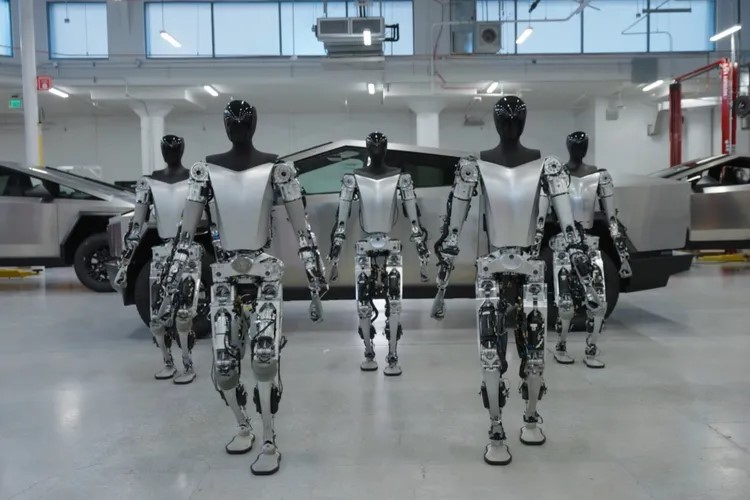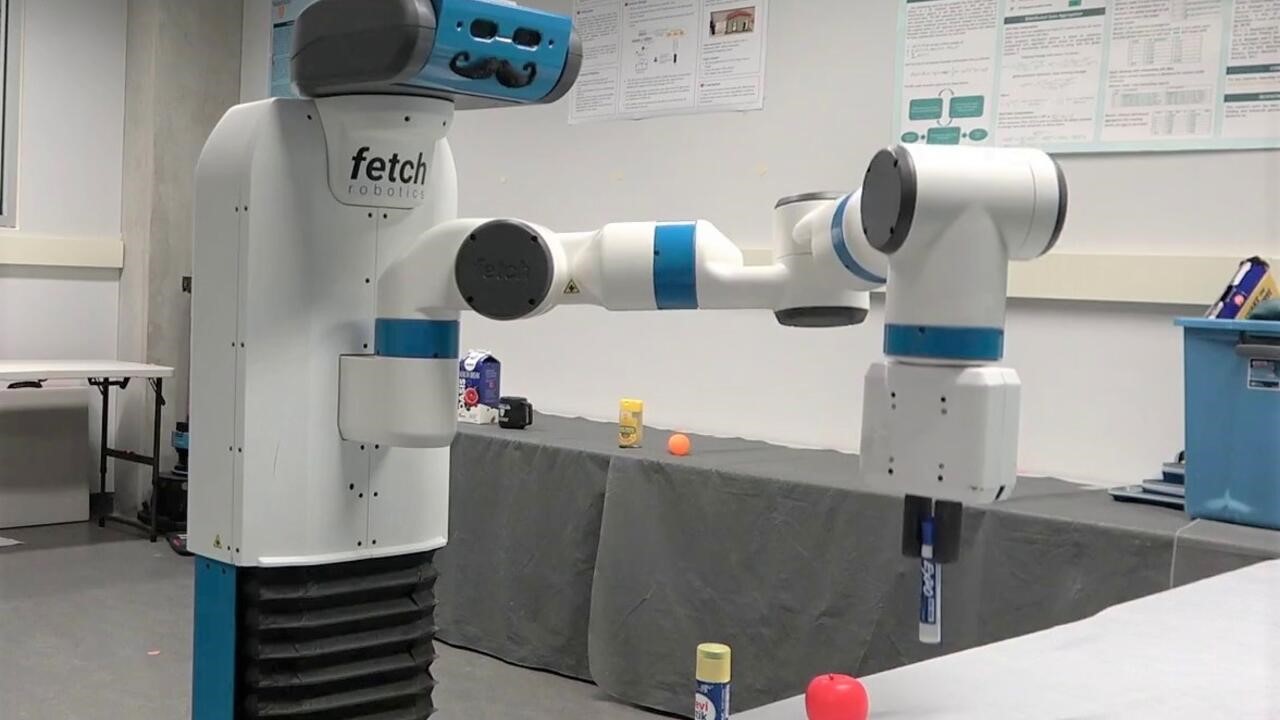Microscopic Marvels: Unlocking the Future of Medical Robotics Inside Your Body
A team of engineers from the University of Colorado Boulder has recently unveiled a groundbreaking innovation in the field of medical robotics. These innovative tiny robots have the remarkable ability to swiftly maneuver through liquids, and in the future, they could potentially deliver vital prescription drugs to challenging anatomical locations within the human body. The details of this revolutionary development were outlined in a recent publication in the esteemed journal Small. [1]
“Imagine if microrobots could perform certain tasks in the body, such as non-invasive surgeries,” said Jin Lee, lead author of the study and a postdoctoral researcher in the Department of Chemical and Biological Engineering. “Instead of cutting into the patient, we can simply introduce the robots to the body through a pill or an injection, and they would perform the procedure themselves.” [1]

Figure 1. Microrobots.
Figure 1 shows microrobots. Lee and his team have made significant progress in the field of tiny robotics, representing a substantial leap forward in this cutting-edge technology. The microrobots developed by the group are incredibly minuscule, measuring a mere 20 micrometers in width, which is several times smaller than the width of a human hair. Despite their tiny size, these robots exhibit remarkable speed, capable of traversing at approximately 3 millimeters per second. In relative terms, this speed is equivalent to approximately 9,000 times their length per minute, surpassing the velocity of a cheetah. [1]
The potential applications of these microrobots are extensive and promising. The recent study conducted by the team involved deploying fleets of these robots to transport doses of dexamethasone, a commonly used steroid medication, to the bladders of laboratory mice. The outcomes of the study demonstrated the feasibility and effectiveness of utilizing microrobots for treating bladder diseases and potentially other illnesses in humans. This groundbreaking research opens up possibilities for targeted drug delivery and innovative treatment approaches in the realm of medical care. [1]
“Microscale robots have garnered a lot of excitement in scientific circles, but what makes them interesting to us is that we can design them to perform useful tasks in the body,” said C. Wyatt Shields, a co-author of the new study and assistant professor of chemical and biological engineering. [1]
Utilizing biocompatible polymers and a technology similar to 3D printing, the team manufactures their microrobots. Resembling miniature rockets, these robots feature three tiny fins. However, they possess an additional unique element—a small trapped air bubble, akin to what occurs when a glass is submerged upside-down in the water. When exposed to an acoustic field, such as the type used in ultrasound, these bubbles undergo vigorous vibrations, propelling the robots forward by forcefully displacing water. [1]
The study involved various co-authors from the University of Colorado Boulder. This includes Nick Bottenus, an assistant professor of mechanical engineering; Ankur Gupta, an assistant professor of chemical and biological engineering; as well as graduate students Ritu Raj, Cooper Thome, Nicole Day, and Payton Martinez. [1]
To put their microrobots to the test, the researchers decided to tackle a prevalent issue in human health—bladder disease. By focusing on this common problem, they aimed to demonstrate the potential of their microrobots in addressing and treating various ailments related to the bladder. [1]
Microrobots developed by Lee and his team have the potential to provide relief for patients with interstitial cystitis, a painful bladder syndrome. These tiny robots offer a less invasive and more precise alternative to the current treatment method, which involves repeated clinic visits and injections of dexamethasone through a catheter. By leveraging the capabilities of the microrobots, Lee aims to improve the comfort and effectiveness of treating this condition. [1]
In laboratory experiments, Lee and his team created microrobots containing high concentrations of dexamethasone. When introduced into the bladders of mice, the microrobots dispersed throughout the organs and adhered to the bladder walls, allowing for sustained drug release over two days. This controlled delivery method could improve patient outcomes. The team aims to make the microrobots fully biodegradable to ensure compatibility within the human body. [1]
“If we can make these particles work in the bladder,” Lee said, “then we can achieve a more sustained drug release, and maybe patients wouldn’t have to come into the clinic as often.” [1]
Source: Shields Lab
References:
- https://www.colorado.edu/today/2023/05/24/these-tiny-medical-robots-could-one-day-travel-through-your-body
Cite this article:
Hana M (2023), Microscopic Marvels: Unlocking the Future of Medical Robotics Inside Your Body, AnaTechMaz, pp.207















